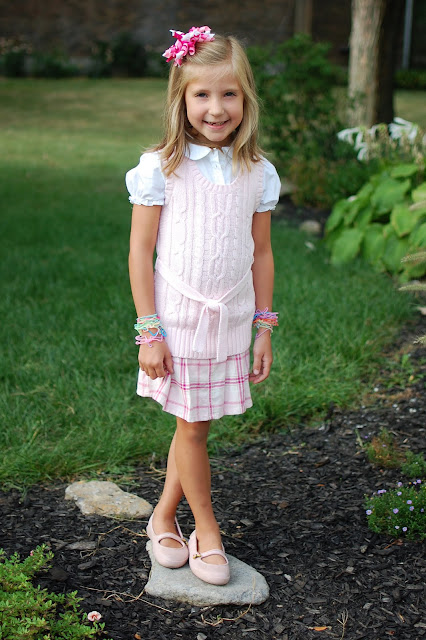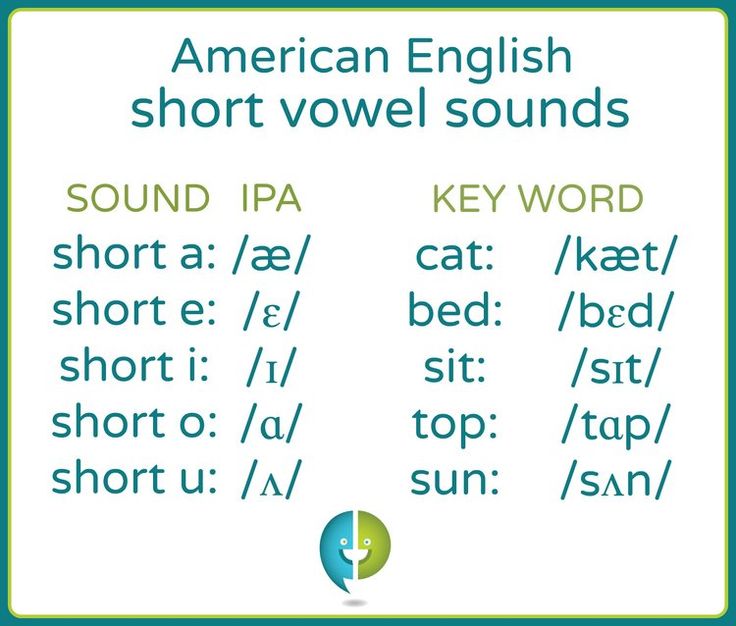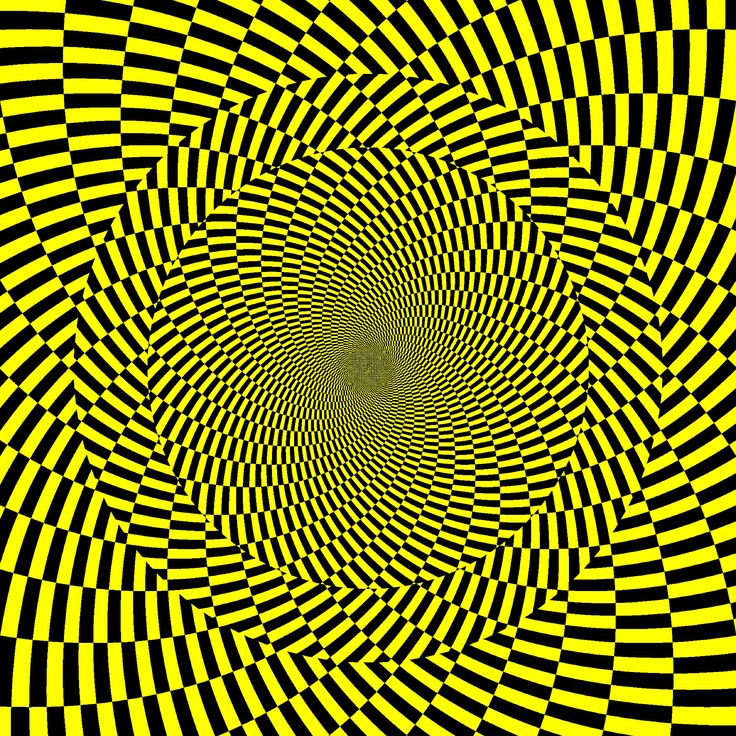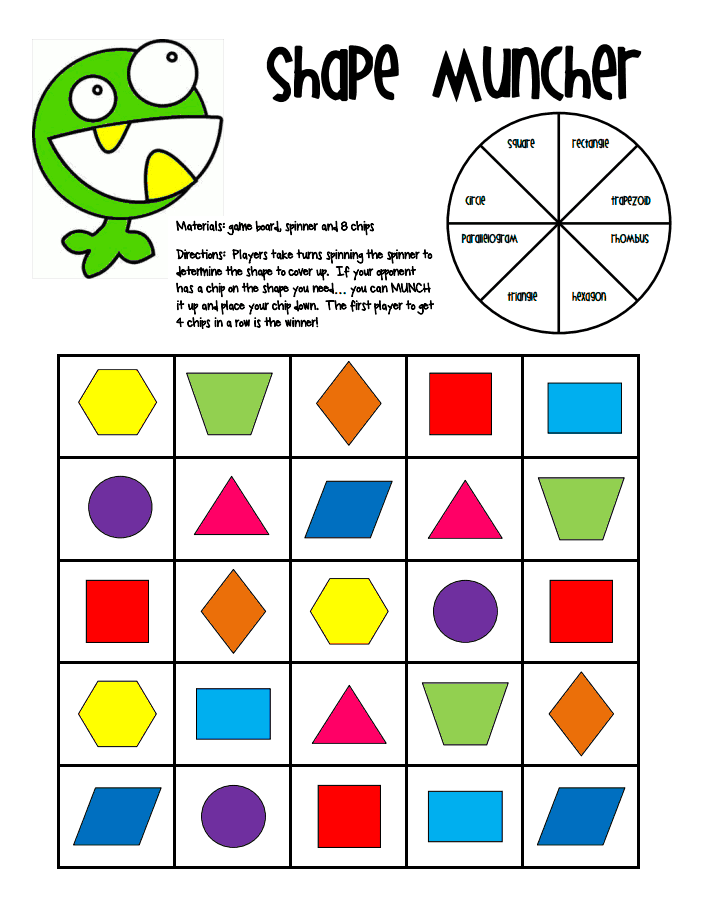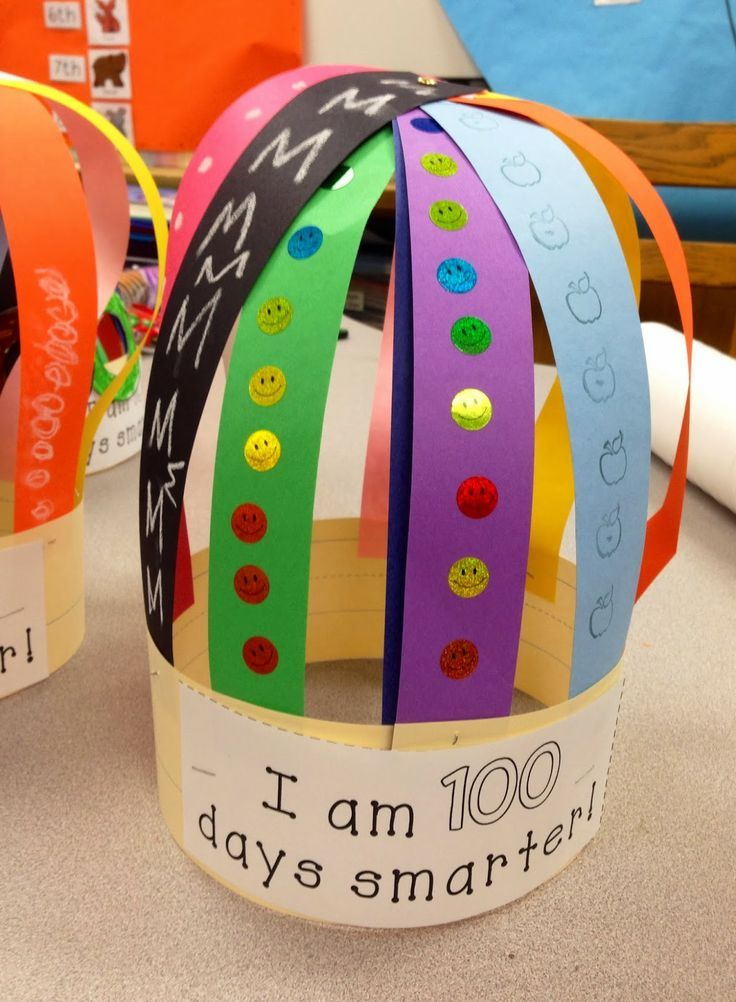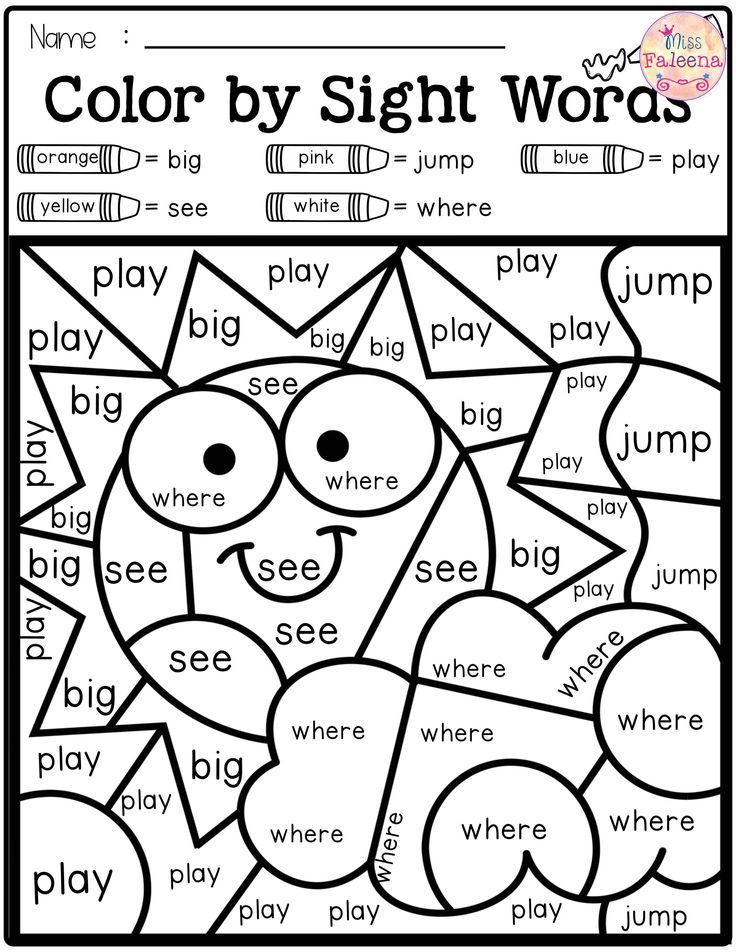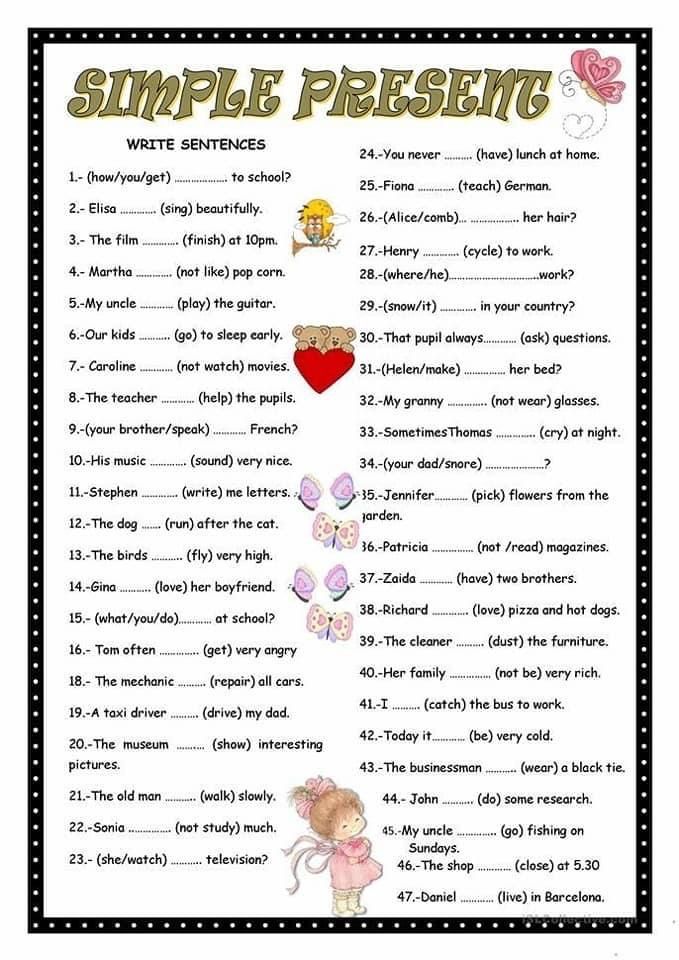Harold and the purple crayon game
Teaching Using Harold and the Purple Crayon: Classroom Game For K-3 Students
The Author
Have your students read Crockett Johnson’s Harold and the Purple Crayon. Games lend themselves to this book; his illustrations are very simple and will
encourage even the youngest of students to experiment with their own illustrations. With this lesson they will be better able to create their own game scenarios.
Crockett Johnson was actually a pseudonym used by David Johnson Leisk the cartoonist. As an illustrator, he produced more than thirty books for children, and many of these have remained favorites in teachers' and young children’s collections. He collaborated with his wife, Ruth Kraus, on another favorite book, The Carrot Seed .
Read and Discuss the Book
Gather your students together for story time and introduce them to Harold, the hero of the book. Share the story and then ask the children what they liked best about Harold and the Purple Crayon.
Discuss that the moon is on every page. Go back through the story and locate it. Ask why they think the author has included a moon in every scene. Discuss if the story is fiction or non-fiction. This may lead to a discussion about Harold’s imagination and how it is acceptable to go for a walk in the moonlight in your imagination but that it would not be acceptable to go for a walk on your own in real life.
Point out to them that the pictures are very simple and that they could easily draw similar ones. At this time you may like to tell the children that copying exactly someone else’s idea or picture, and pretending it is yours, is called plagiarism.
Making the Game
Explain to the children that they are going to make up their own game about this book. You may like to make a list on chart paper of objects that would be simple to illustrate, e.g. button, cat, house, comb.
Divide the students into partners. Give each child a purple crayon
Provide every child with a sheet of black paper and demonstrate how to fold in half and in half again, and in half again, into eight sections. Open out the paper so that the eight sections are visible.
Open out the paper so that the eight sections are visible.
Instruct everyone to draw a moon in one section of their paper.
The children will now take it in turn to name an object. The other child will draw that object in one of the sections on their paper. If they are having difficulty thinking of different things, remind them that they can use the list that you created earlier.
When they have filled in all eight sections, ask them to cut out each section, or ask a helper to do this. Put all 16 sections in a pile between the partners. Now each one take it in turn to pick up a card and tell a story about that picture. If they turn up a moon picture, they can choose to pick another card or they can tell their partner to pick the next card and tell the story.
As the children become more familiar with the game, they could choose two cards from the pile and link the stories together.
Extensions
The beauty of these sets of cards is that they can be used over and over. The cards could be stored in envelopes, and when students are looking for activities during free time they could partner up with someone else and make up more stories.
The cards could be stored in envelopes, and when students are looking for activities during free time they could partner up with someone else and make up more stories.
Some children may enjoy making finger puppets to match the stories and sharing them with the rest of the class.
The cards could be laid out and then the students could match all the ones with the same beginning sounds, e.g. cat/comb, or those that rhyme, e.g. cat/mat.
The possibilities are endless and, best of all it, is fun and inexpensive. What satisfaction the students will feel knowing that they have invented their very own Harold and the Purple Crayon game!
References
Treasury of Picture Book Classics: Harper Collins Publishers, 2002
Author’s own classroom experiences.
2001 Harold and the Purple Crayon game Briarpatch
| Complete Games for Sale - click name to purchase (All games are previously played unless otherwise noted) Game Condition and Pricing Scale (click link above)# SOLD - 2001 Harold and the Purple Crayon game $16. 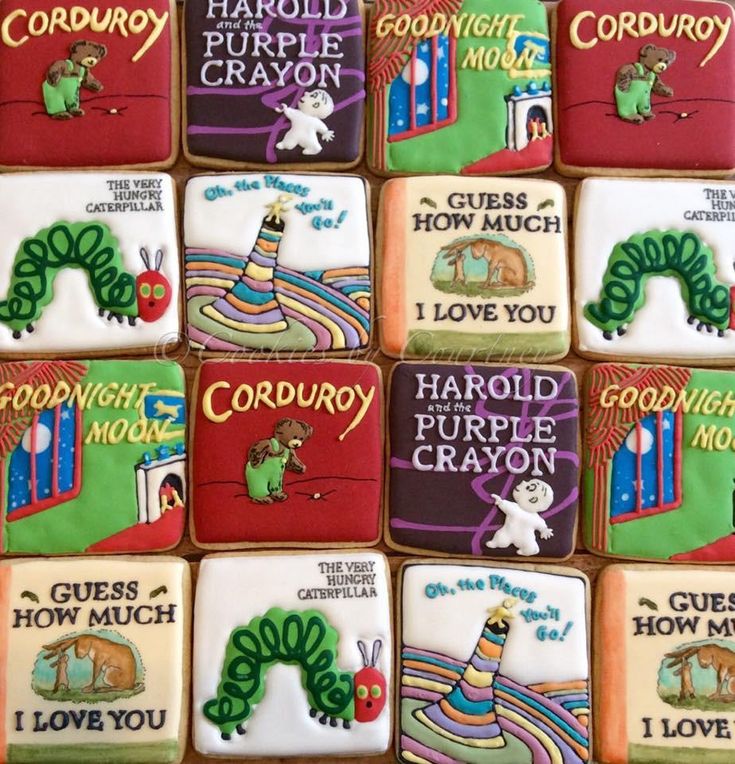 95 95Excellent Condition (Sold Out-w)# 00000 - 2001 Harold and the Purple Crayon game $14.95 Very Good Condition - Sold Out# ZOLD - 2001 Harold and the Purple Crayon game $12.95 Acceptable Condition (Sold Out-x) |
Harold and the Purple Crayon game ©2001, Briarpatch Ages: 4 to 7 Players: 2 to 4 |
| Don's Game Closet |
| Supply Rare Some Good |
| Related Games See 2000s games See Boy games See Briarpatch games See Children's games See Educational Social Skills games See Girl games See Picture games See Relationship games |
| Game Parts Available for SaleNo Parts Available for Sale |
| DESCRIPTION - from the game Let's help Harold draw a brand new adventure.  On your On your turn take a card, draw the object and use it in a story. The story gets longer as players add new pictures. If you can repeat the story correctly from beginning to end, you win!Shipping Wt: Approx. 2.25 lbs. |
| 1 Dry-erase drawing board (15.5" x 10.5") 54 Picture/word cards 1 Erasable purple marker Rules |
| Game Contents |
| Check Our Promotions Recently Added Games |
| Ordering Shipping |
| Home Page Game Listings Game Categories Pricing Scale |
| Share Comments, Memories, Reviews Email Us on Stock |
Harold and purple crayon.
 Crockett Johnson - "? Classics in pictures for kids. ? Good for the night, as well as at any other time?
Crockett Johnson - "? Classics in pictures for kids. ? Good for the night, as well as at any other time? A children's book that you would like to have in your home library.
Another book-find from the bowels of our children's district N2.
I met her for the first time, I had never even seen her mentioned before. I took it, like Karlchen, because of its rather compact size, and here it is for you!
It turns out that this cult book for kids is a children's classic! Terribly popular all over the world and I'm the only one so unenlightened.
Crockett Johnson is one of the most famous American writers and artists. His book about the charming baby Harold, first published in 1955, has long become a cult: cartoons and TV shows are based on it, performances are staged, and computer games are invented. But it was the book Harold, who creates entire worlds with his purple crayon, that won the love of the most demanding audience - kids from two to four years old.

A sort of Herluf Bidstrup for toddlers.
Okay, let's read and cultivate.
So, the story is about baby Harold and his purple ball of crayons. Although, according to my feelings, it is more lilac than purple, but that's not the point.
Little Harold draws his world. He draws from the heart (just like I love), so he believes in this world and saves himself from the troubles he painted.
And creating trouble (or good) for oneself with one's own imagination is one of my favorite human properties. Thought is material and all that...
The book is small, the main meaning in it is clear even without the text, but it still accompanies the illustrations.
Flipping is pleasant, the pages are rough, although thin and translucent.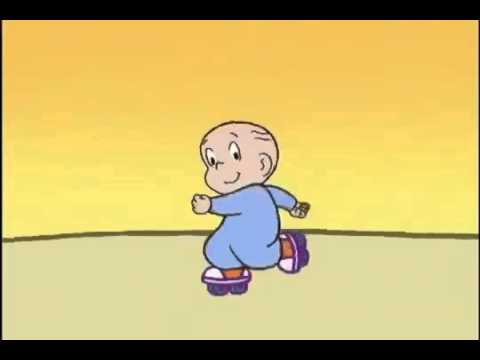
It was very funny to watch my daughter's emotions while reading.
She was especially perplexed by the situation with the fall from the mountain: sincere misunderstanding and a questioning look.
At the same time, Harold's resourcefulness also genuinely amused her.
In general, I recommend to read the book at least. I liked it very much and I suspect that I will take it more than once until I buy my copy.
Maybe not even for my daughter, but for myself??
It's very funny to watch how Harold and his purple crayon create the whole world.
Moreover, the story ends perfectly: Harold sweetly falls asleep in the crib.
This is generally my favorite ending of all fairy tales in the world.
By tradition, I share links:
- Here I talk about developing and not very toys of my baby
- For example, about the doll Masha Mikhalkova, photo of Masha on the passport in the quote:
- And here about our favorite books
- For example, about the Gruffalo, which I already know by heart?
Values
- Develops imagination and pushes borders
Disadvantages
- I want a series
SASHA_Pro recommends
Read all reviews on International Children's Book Day
Culture
02 April 2020
Lyalya Kiseleva
senior lifestyle editor
April 2 is celebrated worldwide as International Children's Book Day. It was founded in 1967 by the non-profit organization International Council for Children's and Young Adults' Literature (IBBY), a division of UNESCO. The date was not chosen by chance: it was on this day that the greatest storyteller of all time, Hans Christian Andersen, was born.
It was founded in 1967 by the non-profit organization International Council for Children's and Young Adults' Literature (IBBY), a division of UNESCO. The date was not chosen by chance: it was on this day that the greatest storyteller of all time, Hans Christian Andersen, was born.
Each year, the creation of the concept of International Book Day is entrusted to IBBY affiliates in different countries. The organizers choose a topic, invite a well-known children's writer who writes a message to children, and an illustrator who makes a poster that can then be printed by children's libraries and bookstores around the world. In 2017, Russia was responsible for the concept of the event. The phrase “Grow up with a book!” was chosen as the slogan, the message to children about reading was written by the children's writer Sergei Makhotin, the author of such books as “New”, “Five Sing”, “I myself!”. And the poster was made by Russian illustrator Mikhail Fedorov. In 2020, the event will be hosted by Slovenia.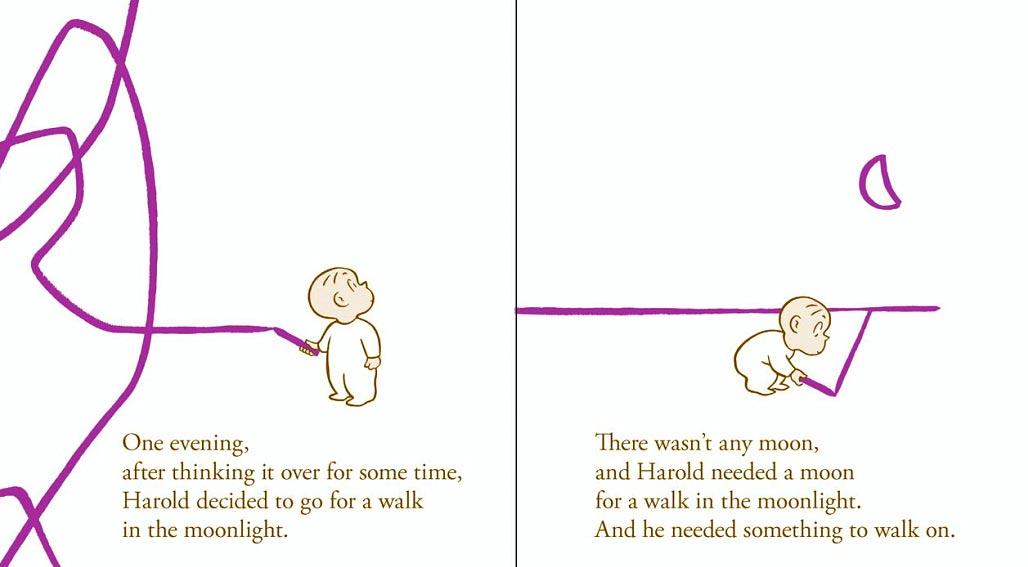 This year's slogan is "Thirst for words".
This year's slogan is "Thirst for words".
In 2015, Time magazine compiled a list of the "100 Best Children's Books of All Time" with the help of children's literature experts. Most of them also made the list of "1001 books you need to read before you grow up." And although, of course, this list can be supplemented endlessly, the books included there are always relevant and will be understandable to children of different generations. We have selected 40 books from it, which have been translated into Russian.
Maurice Sendak "Where the Beasts Live"
3+
A very funny and sweet book about a boy named Max, who goes to the land of Horror Images.
Margaret Wise Brown Luna Luna
0-3
A book that has helped mothers to lull their children to sleep for decades, and children to have the most beautiful and kindest dreams.
Robert McCloskey "Blueberries for Sasha"
5+
A variety of families go for blueberries - both human and . .. bear. What happens when they meet - read in this wonderful book.
.. bear. What happens when they meet - read in this wonderful book.
Minarik Homeland "Teddy Bear"
3+
Teddy bear is an ordinary kid who finds interesting things to do, is bored or naughty. And for whom the main thing is that there is always a mother nearby.
Shel Silverstein "The Generous Tree"
5+
A story of growing up and selfless love from a famous musician, writer, playwright, artist and poet.
Crockett Johnson "Harold and the Violet Chalk"
4+
Harold, though quite a kid, can invent things just as well as adults. And if he has a purple crayon in his hands, then a whole universe arises.
Robert McCloskey "Leave the Ducks!"
0-3
Mr. and Mrs. Mallard the ducks come to Boston and stay there. Soon they have eight ducklings. The need to transfer ducklings to another place turns into a dangerous adventure in the city. Who will help the duck with ducklings?
Ian Falconer "Olivia"
3+
The adventures of Olivia the pig, a sweet dreamer and mischievous, will surely please kids and make even their parents laugh.
Ludwig Bemelmans Madeleine
3+
A book about a brave and cheerful girl Madeleine - a pupil of a Parisian boarding school and everyone's favorite - with funny drawings by the author himself and memorable rhymes will definitely become one of your favorites.
Arnold Lobel "Kwak and Toad together again"
5+
Toad and Kwak are true friends who do everything together and overcome difficulties together too.
Munro Leaf "Ferdinand"
3+
A real masterpiece of children's literature, which will not only entertain the kid with the story of Ferdinand the bull, but also instill a taste for good books.
Mo Willems "Don't let the pigeon drive the bus!"
3+
What to do if a pigeon really wants to drive a bus? Let him sit down! But the driver asked not to let the pigeon drive! The real dilemma!
Don Freeman "Teddy Bear"
3+
The teddy bear really wants to find a loving owner and is waiting for him in the store on the shelf.
John Klassen "Where's my hat?"
3+
The bear lost his hat. We'll have to help him find her, traveling in search of the entire forest.
William Steig "Brave Irene"
5+
A very simple story about how helping a mother can turn into a real feat and adventure.
Judith Wiorst "Alexander and the Terrible, Terrible, No Good, Very Bad Day"
5+
Every child has days when they feel like everything is lost. So the story of Alexander will help to cope with such days.
Dr. Seuss "The Cat in the Hat"
3+
A classic of world children's literature - the story of the Cat in the Hat, who is able to turn the whole world upside down, and everyone will be happy.
Herve Tulle "Living book"
0-3
An amazing book that without any electronics and high technology will allow the baby to play with it for hours.
Drew Daywalt "The crayons went on strike"
3+
Wow - the crayons don't want to draw anymore! At least they don't want to draw like they usually do.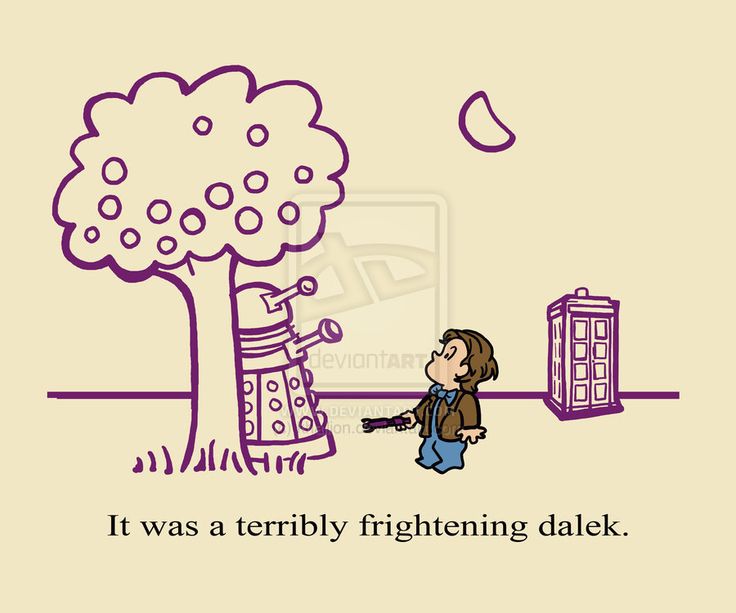 This book will not only amuse both parents and child, but will also allow you to learn more about color.
This book will not only amuse both parents and child, but will also allow you to learn more about color.
Chris Allsburg "Abdul Gasazi's Garden"
5+
A magical story about Abdul Gasazi who doesn't like dogs running into his garden.
Michael Bond "Paddington Bear"
3+
Everyone knows the story of the cute and very clumsy Paddington Bear, which can be re-read endlessly.
Alan A. Milne "Winnie the Pooh and All-All-All"
3+
An eternal classic, in which, however, you always find something to smile about.
Beatrix Potter "The Story of Peter Rabbit"
3+
The story of a very naughty rabbit who needs to go everywhere and learn everything, which means he always gets into adventures.
P.D. Eastman "Forward! Forward!"
0-3
A very simple story about yellow, blue, white, green and the most colorful dogs that do just about anything.
Robert Manche "Forever"
3+
A very touching book about a mother's unconditional love for her child.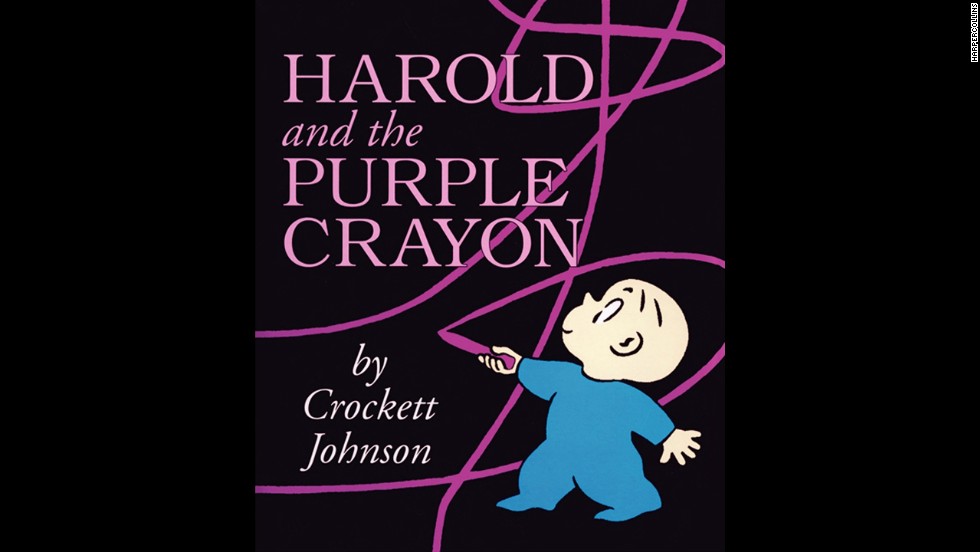
Mac Barnett "Magic Yarn"
3+
An amazing story about multi-colored yarn that changed the life of an entire city, but at the same time did not fall into the greedy hands of an evil duke.
Ruth Gannett "Daddy's Dragon"
5+
A story about a boy named Elmer, a wild island and a flying dragon.
Julia Donaldson "The Gruffalo"
3+
In order not to be so afraid of owls, snakes and foxes, the little mouse comes up with a gruffalo - a big beast, a storm of all dangerous predators. The little mouse's fantasy suddenly becomes reality.
Eric Karl "The Very Hungry Caterpillar"
0-5
How can a little caterpillar eat so much? Surprisingly, this book with the most simple plot perfectly helps the child to explore the world.
Margaret Wise-Brown How the Bunny Runs Away
3+
Sometimes bunnies decide to run away from their mother, even if it's for fun. But the mother, of course, will always be able to convince the hare of her love and care.
Astrid Lindgren "Pippi Longstocking"
5+
The book is about the most mischievous, strong, generous, kind and brave girl in the world.
Aaron Becker Journey
5+
A beautiful and magical book about a real journey to an unknown country with stunning illustrations by the author.
Philip Stead "Uncle Amos doesn't go to work"
3+
If Uncle Amos is sick and doesn't go to work at the zoo, then... the zoo goes to take care of Uncle Amos. A funny and kind book about mutual care and friendship.
William Joyce "The Fantastic Flying Books of Mr. Morris Lessmore"
5+
A book about books - that they live only when they are read. It will help instill in your child a love of reading and simply entertain with its magic.
Richard Scarry Car Book
3+
All possible machines are collected in one book. You can learn a lot about the operation of machines, about why each of them is needed for a person.

